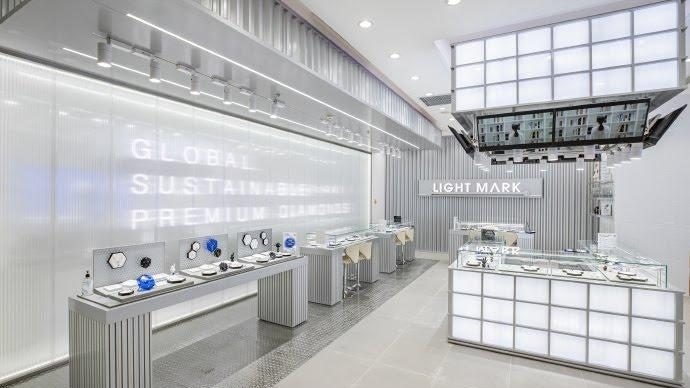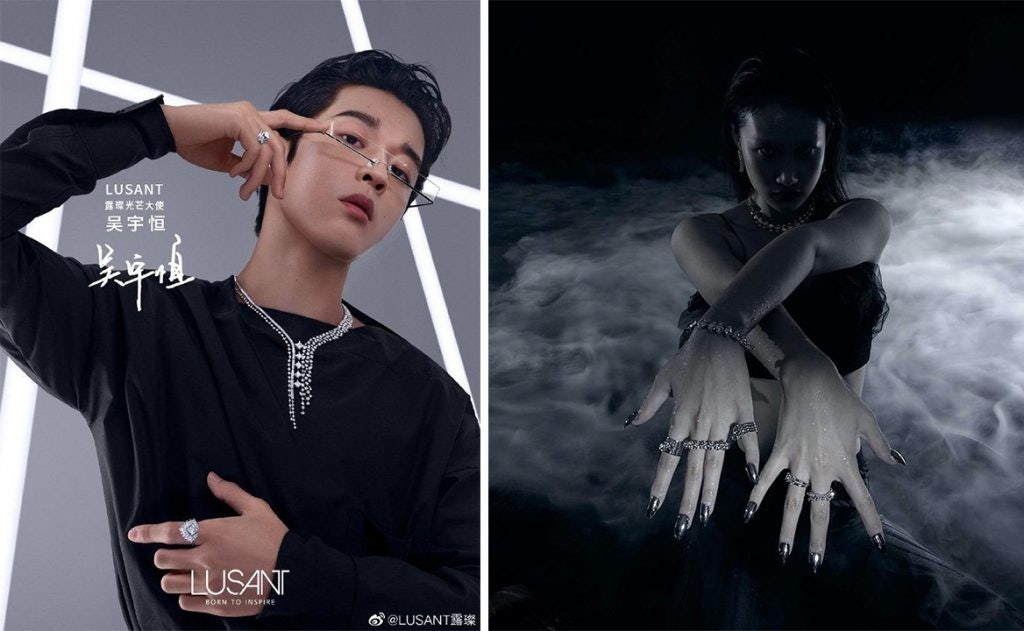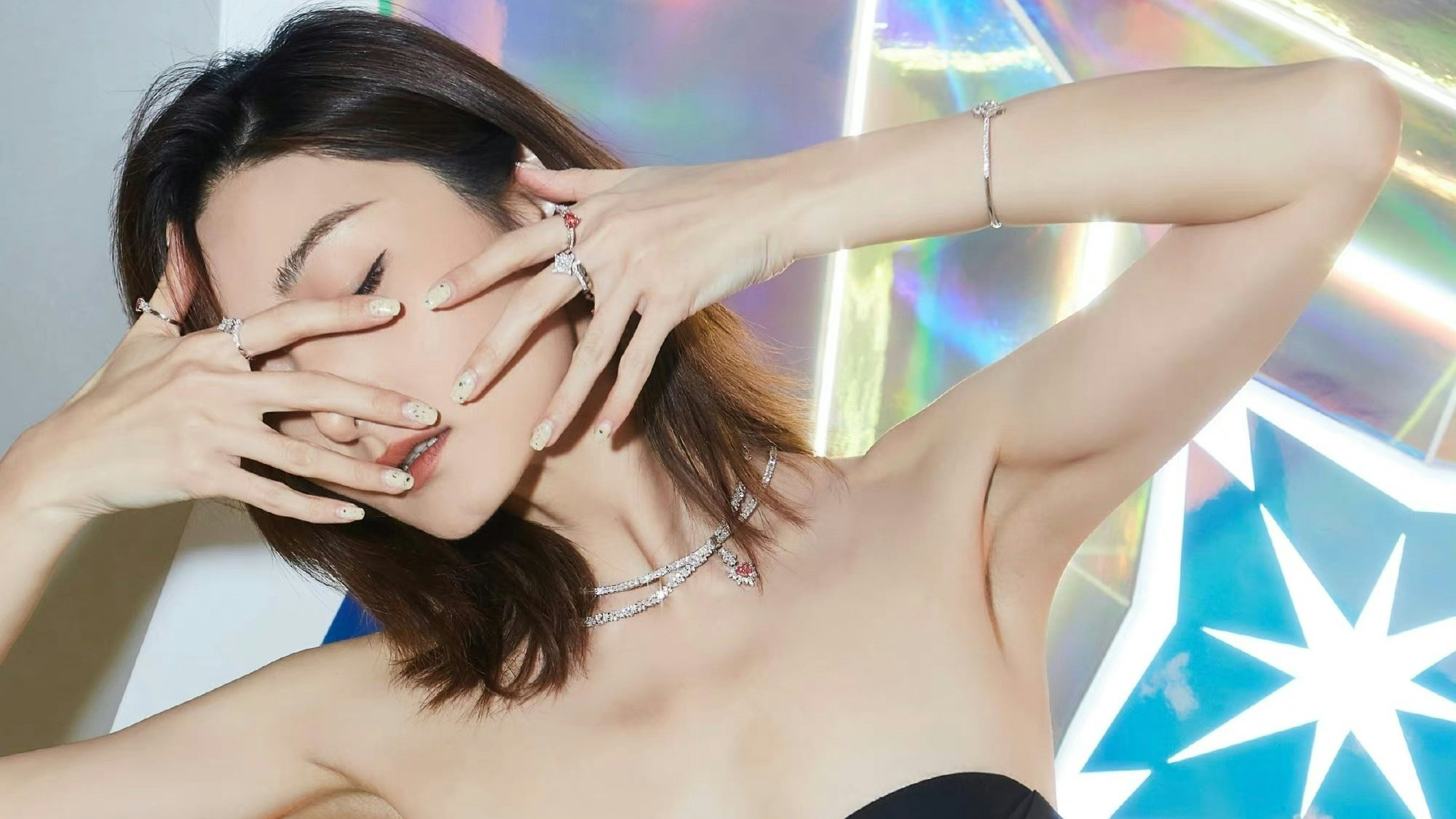It was a surprise to all her friends when Jieyu Wang, a 31-year-old Shanghainese who recently got engaged, said yes to her boyfriend, who proposed with a lab-grown diamond ring.
“The first reaction of my friends was like, ‘Aren’t you worried about marrying a man who wouldn't even buy the real thing for you?'” she said. “I was also fixated on natural diamonds for most of my life. It was not until me and my boyfriend thought of getting married and started researching about diamonds that I realized the technology of man-made diamonds had evolved so much,” Wang told Jing Daily.
The newly engaged couple eventually settled on a two-prong jewelry plan: a lab-grown diamond ring for the engagement and a traditional Chinese dowry combo of “three gold” (三金), consisting of a gold ring, a pair of gold earrings, and a gold bracelet, for their family's approval. “We bought the gold jewelry to meet our parents’ expectations, since the ‘three gold’ tradition is really important to both of our families. The diamond part is for ourselves, so we tried to make the smartest decision we could,” said Wang.
With a 20,000 RMB ($2,715) budget in mind, they chose lab-grown diamonds over natural ones. According to the research firm Guotai Junan Securities, the price of a lab-grown diamond cut is one-third the price of a natural one, meaning that the couple can triple the ring size while spending the same amount.
“It is impossible to get a 1-carat natural diamond ring with our budget. But in the lab-grown sector, we have a full range of designer options over a carat and more,” Wang explained. Although she initially had difficulty swallowing the idea of her wedding ring being man-made, the “value for money” aspect of lab-grown diamonds won her over.
Consumer shifts by the numbers#
Wang’s conversion from natural to lab-grown diamonds is not unique among China’s urban, young couples. While gold jewelry — both for its cultural importance and investment value — continues to gain strong momentum from young Chinese, the diamond has become an increasingly fluid concept as consumers swing between the natural “real deal” and newer lab-grown alternatives.
On Tmall, sales of natural diamond jewelry were at $559 million (4 billion RMB) in 2021, with flat year-on-year growth, according to e-commerce data company Magic Mirrors. Sales of lab-grown diamonds, while still much smaller in scale, showed a 72 percent YoY increase and reached $57 million (410 million RMB). However, as the influence of the 2006 movie Blood Diamond endures and sustainability concerns mount, more and more consumers are questioning the natural diamond’s market predominance.
As a response, a rising tide of domestic lab-grown labels is now providing alternatives to match younger generations’ expectations for value, ethics, and progressive ideals.
How local lab grown brands are shining#
Light Mark, the best-selling brand in Tmall’s lab-grown diamond category, emerged in 2020 as a democratizing force with the slogan “carat freedom.” The brand aims to challenge consumers’ perception of the diamond as an inaccessible luxury by campaigning for the freeing elements of lab-grown ones.
“There are three layers of meanings when we speak of ‘carat freedom.’ First, it is about people not having to do a self-punishing sacrifice for a love statement. Second, it is about not having to accept a diamond as a gift from others — you can buy it for yourself. Third, it is about not having to bend to the traditional rules of the diamond industry,” said the brand’s founder Ren Liu during an interview with the local media Top Marketing.

Caraxy, another Chinese lab-grown diamond brand founded in 2015, tailors its product messages to young couples that want to align their ring choices with progressive, modern values. The brand’s testimonial page shows one earth-loving couple doing their marriage proposal on a deep-sea dive.
“Lab grown diamonds are more environmentally friendly than naturally mined diamonds. We love nature, and it was meaningful for us to propose with a lab-grown diamond under the ocean,” their brand testimony reads. In another client story, the brand shows a researcher couple opting for a lab-grown diamond because they understand it is scientifically identical to the natural one, and therefore, a choice aligned with their rational character.

“The biggest barrier for Chinese consumer mainstream to adopt lab-grown diamond as engagement gifts is that it is cheaper than mined diamonds, and showing financial commitment is such an important part of our love culture,” Yinyi Qin, a national GIA member and a jewelry market consultant, told Jing Daily. “People buy natural diamonds because it is expensive, and that it is a symbol of serious commitment, not because they believe it is rare. For lab-grown brands to succeed, they need to focus on the other aspects of the product such as ethical production or sustainability,” Qin added.
Lusant, backed by Chinese jewelry conglomerate Yuyuan Holding, and Anota, an emerging designer label, are two market newcomers actively disassociating diamonds from romantic cliché. Seeing lab-grown diamonds as purely fashion accessories, both brands make contemporary, edgy jewelry for self-gifting Gen Zers. In March 2022, Hong Kong retailer Chow Sang Sang also launched The Future Rocks, an e-commerce site specializing in “future-forward jewelry” made from lab-grown diamonds and recycled metals.

By refreshing the aesthetic of the often overly romanticized diamond, these labels have raised a new question: why make "naturalness" the center of debate? For most of China’s Gen Z, beyond the satisfaction of having “carat freedom,” what they ultimately want is to make a bold statement. The lab-grown world offers many qualities that resonate deeply with this generation: it is disrupting, democratizing, techy, and cruelty-free. For future-forward brands, that opens up a sea of opportunities.
